
Having trouble viewing this video? Please visit our Video FAQ page Whether you’ve never built a plastic kit or you’ve assembled several, this video is for you. Cody takes you through the steps to clean up, fit, and cement plastic kit parts like a pro. […]
Read More…
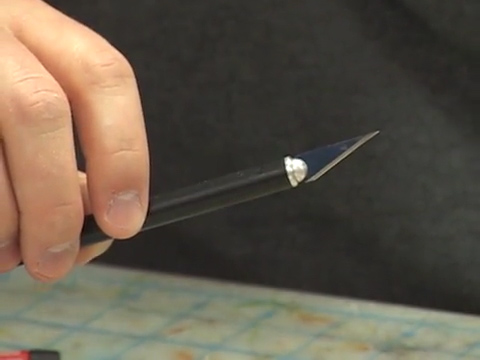
Having trouble viewing this video? Please visit our Video FAQ page Model Railroader associate editor Cody Grivno shows you some of the basic tools that should be in every model railroader’s toolbox. These essential tools will make working on your model railroad easier. […]
Read More…

Having trouble viewing this video? Please visit our Video FAQ page Model Railroader associate editor Cody Grivno shows you some of the basic tools that should be in every model railroader’s toolbox. These essential tools will make working on your model railroad easier. […]
Read More…
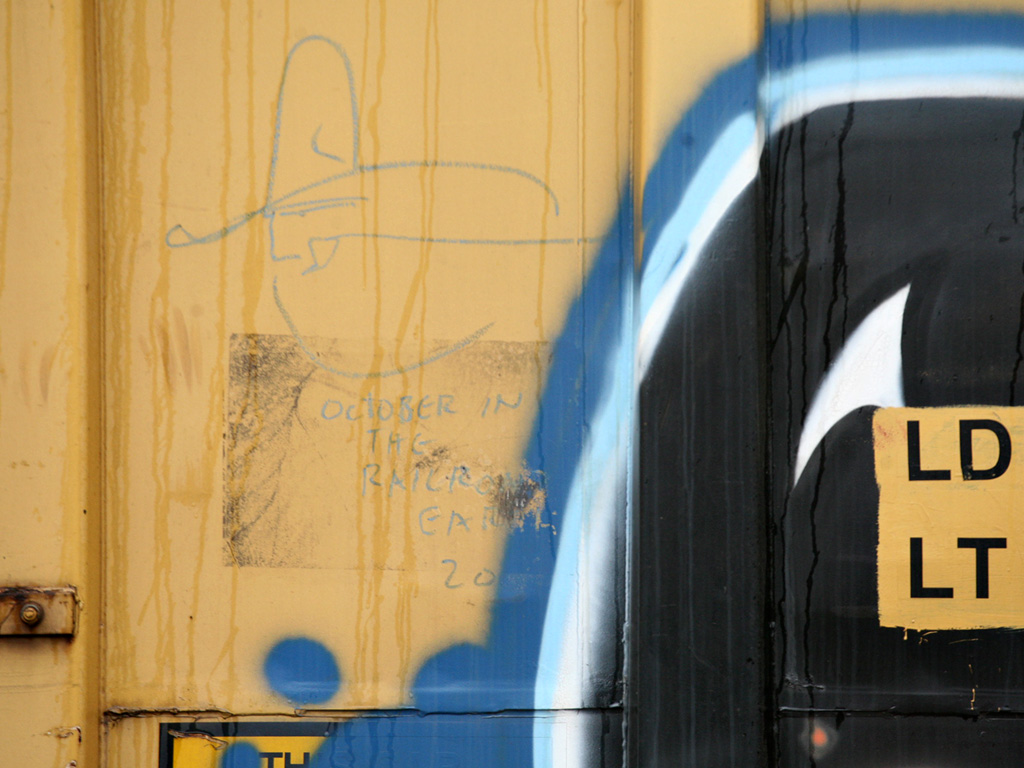
FULL SCREEN Andrea Fuhrman FULL SCREEN Andrea Fuhrman FULL SCREEN Andrea Fuhrman FULL SCREEN Andrea Fuhrman FULL SCREEN Andrea Fuhrman FULL SCREEN Andrea Fuhrman FULL SCREEN Andrea Fuhrman FULL SCREEN Andrea Fuhrman FULL SCREEN Andrea Fuhrman FULL SCREEN Andrea Fuhrman Colossus of Roads drawing “October in the Railroad Earth” along with other graffiti on the […]
Read More…
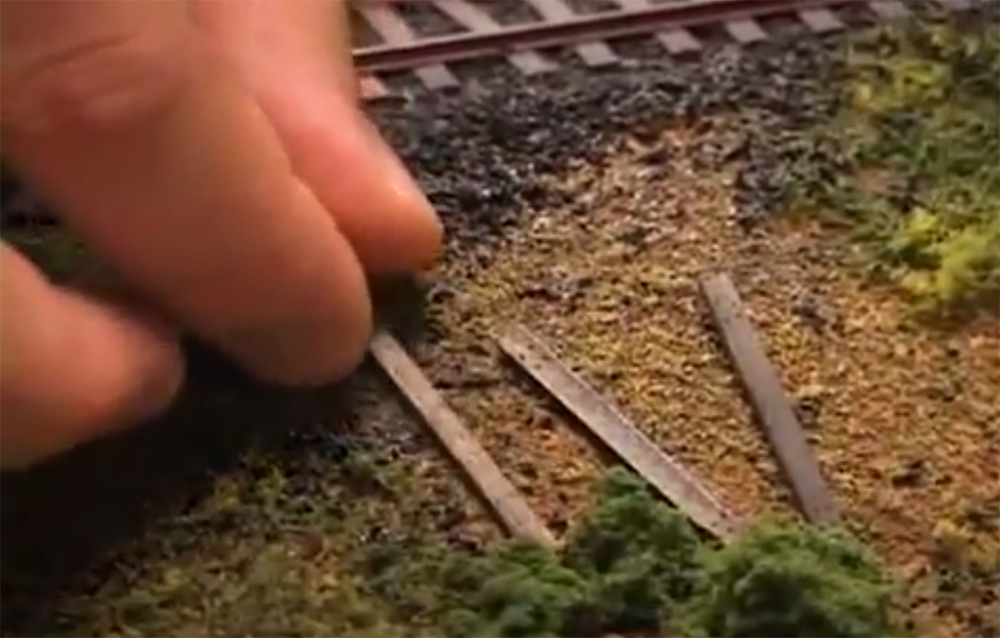
Having trouble viewing this video? Please visit our Video FAQ page Model Railroader associate editor Cody Grivno shows how to model discarded ties. […]
Read More…

Having trouble viewing this video? Please visit our Video FAQ page Model Railroader associate editor Cody Grivno shows how to model discarded ties. […]
Read More…
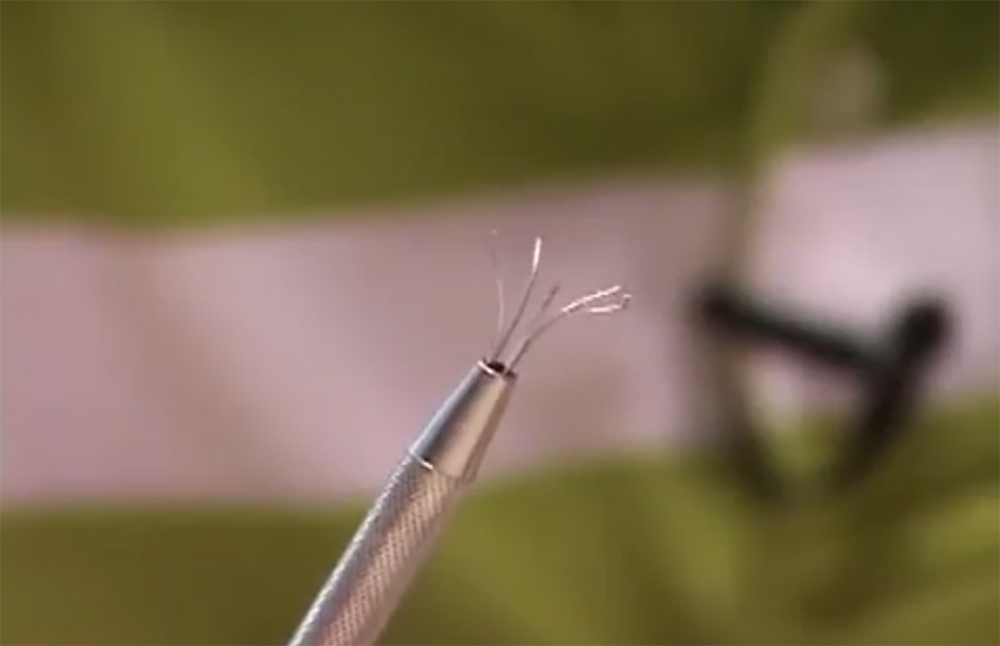
Having trouble viewing this video? Please visit our Video FAQ page Model Railroader associate editor Cody Grivno shows how to use the Kadee five-prong gripper to test screws on your freight cars. […]
Read More…

Having trouble viewing this video? Please visit our Video FAQ page Model Railroader associate editor Cody Grivno shows how to use the Kadee five-prong gripper to test screws on your freight cars. […]
Read More…
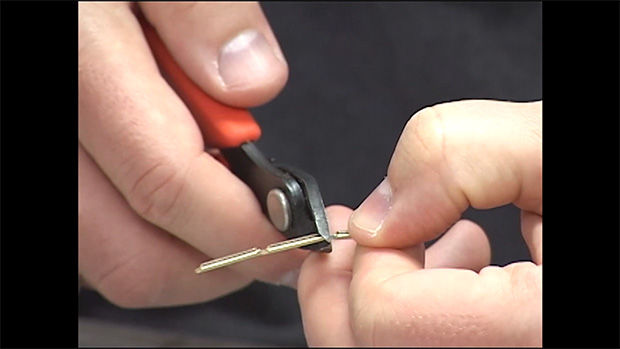
Having trouble viewing this video? Please visit our Video FAQ page Scale model railroad track uses rail joiners to connect the rails. In this basic training video you’ll learn about different types of rail joiners and learn the proper technique for installing them. […]
Read More…

Having trouble viewing this video? Please visit our Video FAQ page Scale model railroad track uses rail joiners to connect the rails. In this basic training video you’ll learn about different types of rail joiners and learn the proper technique for installing them. […]
Read More…

Having trouble viewing this video? Please visit our Video FAQ page Scale model railroad track uses rail joiners to connect the rails. In this basic training video you’ll learn about different types of rail joiners and learn the proper technique for installing them. […]
Read More…
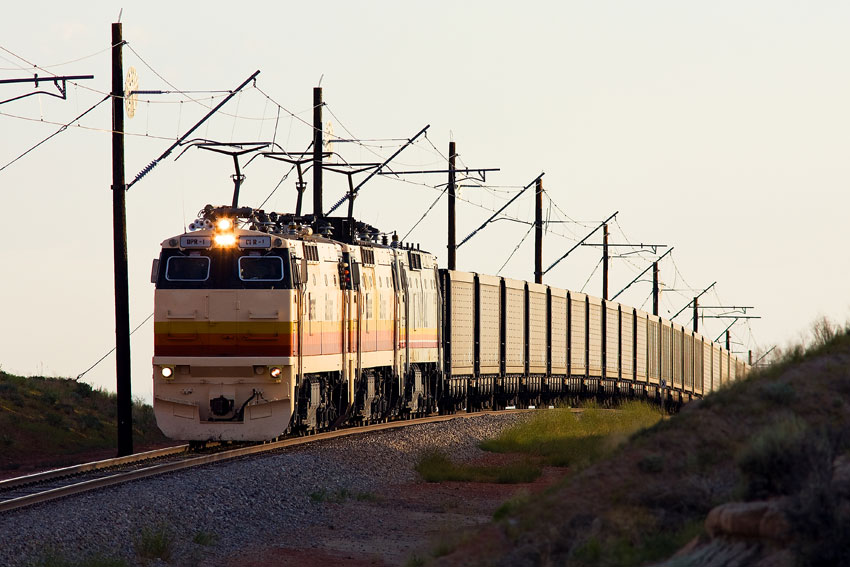
Three Deseret Power Railway E60Cs begin the short but steep 2-percent descent into Coyote Basin near Bonanza, Utah, on July 8, 2009. David Honan Q How do you figure out the percent of the grade of a railroad track?— Richard Buckhold, Kirkwood, Mo. A Grades are expressed as the rise in feet per 100 feet […]
Read More…







